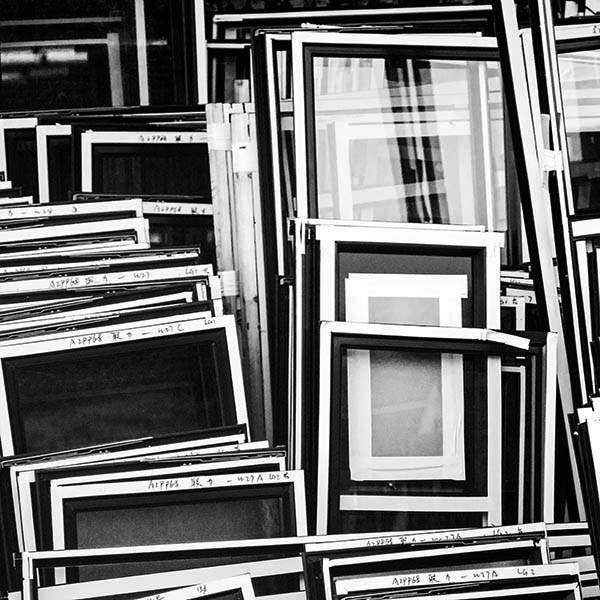When it comes to art reproduction and choosing the best print sizes, many artists don’t consider the commercial pros and cons. And that’s understandable. Quite often, the business side of producing and selling art is a whole new field to grasp.
In this article we’ll explore one simple trick that can save you time and money, over and over again.
When choosing print sizes, it’s easy to focus on your vision for the artwork. For example, you might prefer a particular size and material because it best reflects your work. However, that size might not be practical for the market you are trying to sell into. And it also might cost you more to produce when it comes to paper and framing costs.
So, what’s the answer?
Print for standard frame sizes.
In other words, print your work to fit a standard size, off-the-shelf frame. Think IKEA. Although, there would be more premium (and still cost friendly) standard options available from your local framer like The Art Scene.
Printing for standard frame sizes is a simple trick that can save you time and money. Especially if you are unsure of the market you are selling into. One of the main benefits is avoiding costs associated with custom framing.
Interested? Here’s what you need to consider:
- What size will you make the image?
- How much white/coloured space (if any) do you like to add around your images?
- Do you mind if your image is cropped to keep proportions? Or are you happy with uneven edges around your image?
- Do you use a standard size mount board from off the shelf frames? Or float the print? Or just whack it straight in?
Thinking of trying this? Here’s what we recommend:
- Pick up to 3 sizes and stick with them. A small, a medium and or a large.
- The small can be to fit an A4 or an A3 frame.
- The medium can be to fit an A3 or A2 frame.
- And the large can be to fit an A2 or an A1 or even an A0 frame!
A few things to note
While the above concept is a tried and tested approach for many artists we work with, it may not work for you and the market you are selling into. Our recommendation before considering this approach is to first research your market. Understand their needs in terms of size, format and price. As always, we are happy to provide guidance to all clients.
Related information:
Paper stock guide – how to choose the right fine art paper
The Cie-Elle fine art reproduction process
